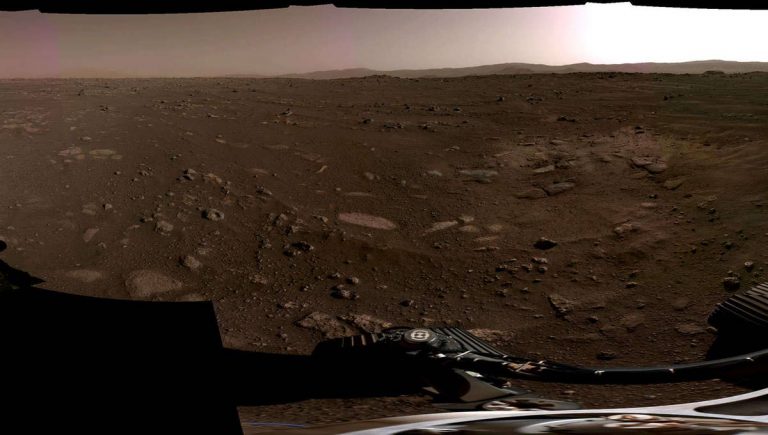Another phenomenal achievement by NASA after the curiosity rover is the Perseverance Rover. Launched on July 30, 2020, The perseverance Rover traveled 308 million miles approximately to reach mars. This is the most advanced rover Nasa that has sent after the Curiosity Rover in 2012. The functions of this rover are advanced to those of the previous mars rovers and hence the mission as well. The perseverance rover is sent to the mars in the 2020 window to explore Mar’s ancient life form. It is designed to better understand the geology and of mars and seek signs of ancient life.
The mission will collect a set of samples of rock and soil in a small tube and could be sent back to earth in the future missions. This new technology will also benefit future manned and robotic explorations on mars.
The key objectives of this Mars rover includes:
- Exploring a geologically diverse landing site.
- Asses ancient habitability.
- seek signs of ancient life, particularly in special rocks that preserve signs of life over time.
- Gather rock and soil samples that could be returned back to earth on future NASA missions.
- Demonstrate the technology which includes a mini robotic helicopter named Ingenuity.
The latest technology includes an autopilot for avoiding hazards called Terrain Relative Navigation and a set of sensors for gathering data during the landing (Mars Entry, Descent and Landing Instrumentation 2, or MEDLI2). A new autonomous navigation system will allow the rover to drive faster in challenging terrain.
As with Curiosity, Perseverance’s baseline power system is a Multi-Mission Radioisotope Thermoelectric Generator (MMRTG) provided by the U.S. Department of Energy. It uses the heat from the natural decay of plutonium-238 to generate electricity.
Here how Nasa’s Twitter announced the world that the Perseverance rover has landed on the surface of mars.
Meanwhile there were multiple images from the perseverance of the martian surface.
Nasa also released a video on Perseverance’s landing taken from the rover.The real footage in this video was captured by several cameras that are part of the rover’s entry, descent, and landing suite. The views include a camera looking down from the spacecraft’s descent stage (a kind of rocket-powered jet pack that helps fly the rover to its landing site), a camera on the rover looking up at the descent stage, a camera on the top of the aeroshell (a capsule protecting the rover) looking up at that parachute, and a camera on the bottom of the rover looking down at the Martian surface.
Disclaimer: Some of the technical details on NASA’s mars perseverance rover in this article are taken from Nasa’s fact sheets as a reference.
